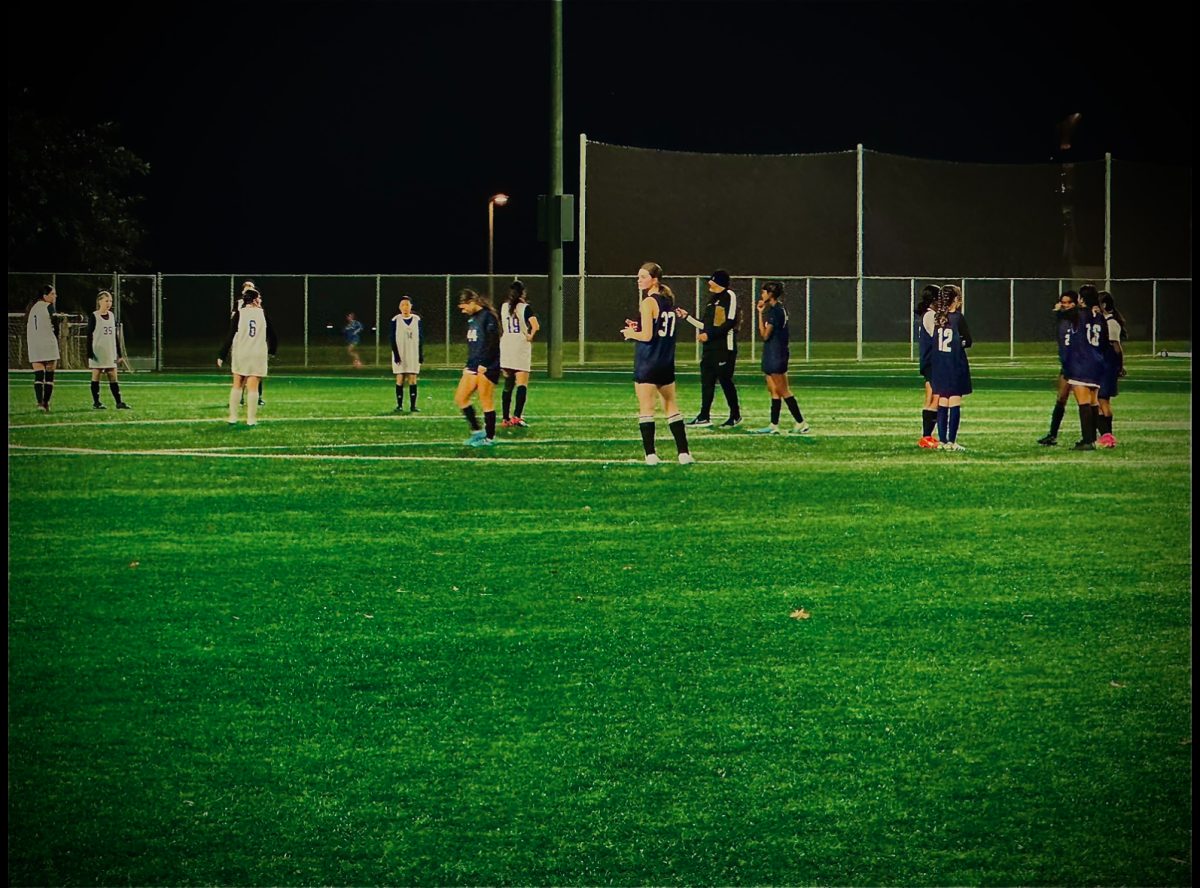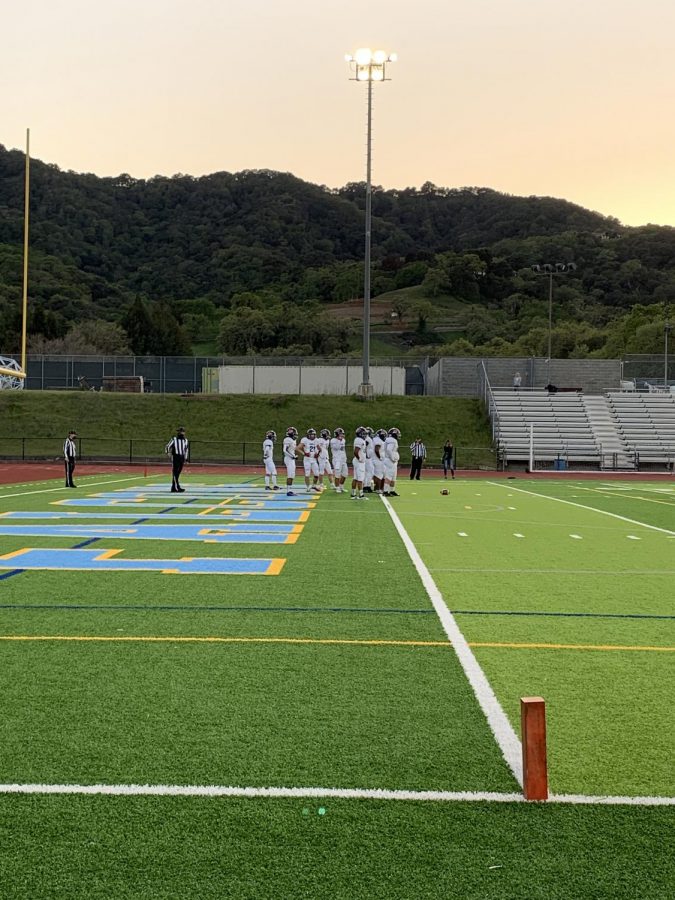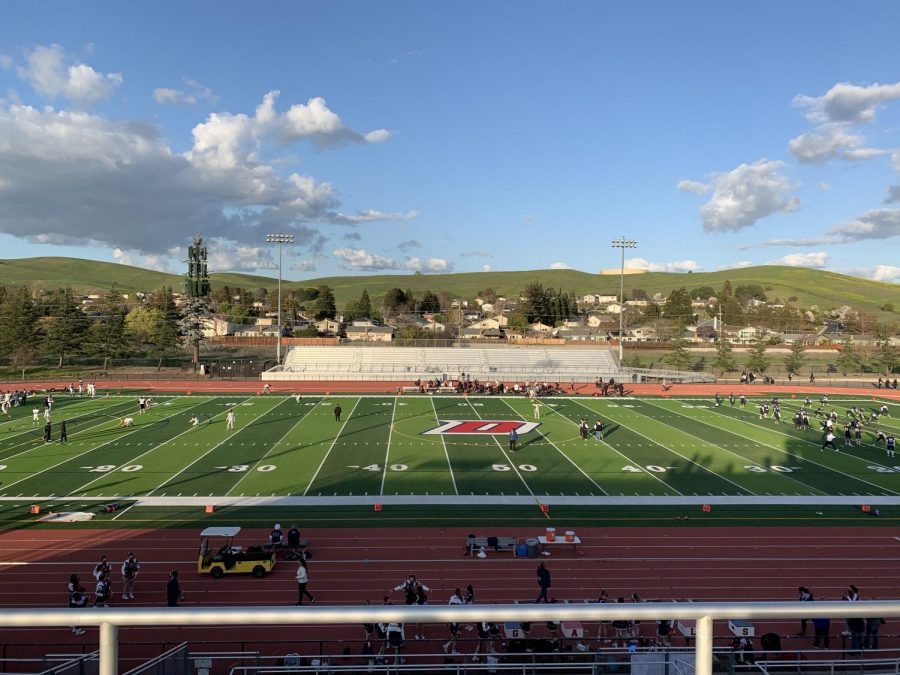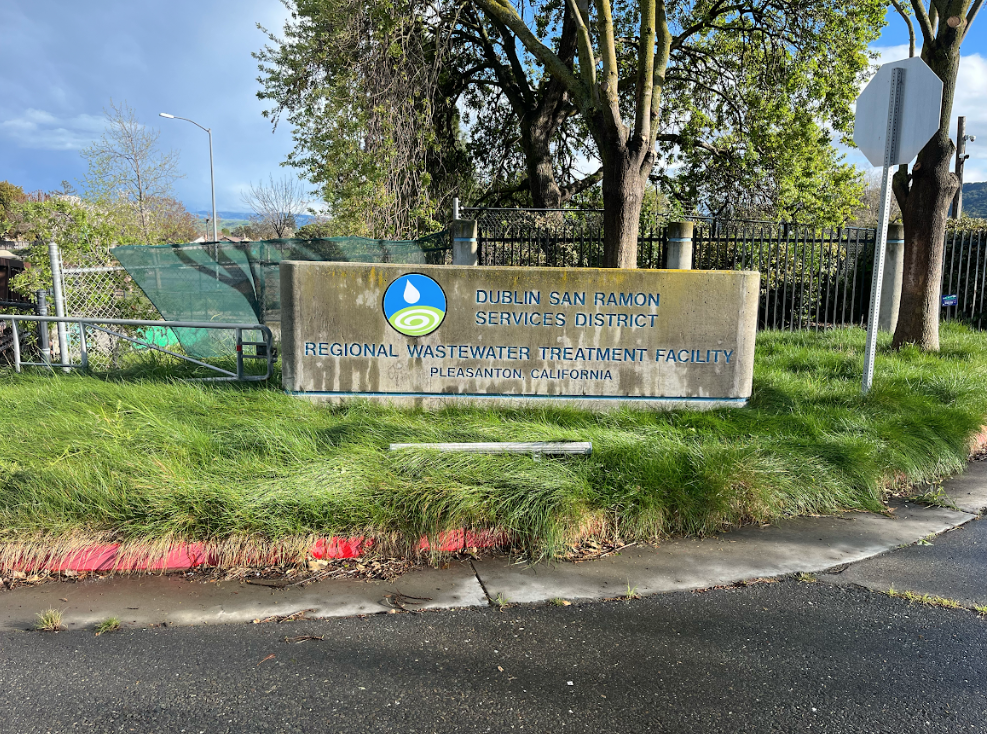California’s State Water Resources Control Board, one of the six branches of the California Environmental Protection Agency, recently significantly eased proposed water consumption regulations for the state of California. The revision follows from mounting protest from affected water agencies, who claimed the restrictions would be too expensive—$13.5 billion by state officials’ estimates—and impractical to implement so quickly—by 2035. This sentiment was actually legitimized by a report from the nonpartisan Legislative Analyst’s Office, which found that the plan was too complex to so swiftly put into effect.
Eric Oppenheimer, executive director of the board, integrated this finding into his defense of the revisions: “It’s always a trade-off between trying to advance conversation soon, but also providing enough flexibility so that we avoid unintended consequences.”
In the original plan were provisions for major cuts in outdoor water use between 2025, when the regulations would’ve taken effect, and 2035, by which the state’s water use would’ve declined by 14%. Additionally, this reduction would have been effected by informal behavioral changes of individual Californians rather than through any binding legal obligation, an aspect of the plan maintained in the revised proposals. Instead, the water agencies supplying water to residents would be punished for residents’ excessive water use, an arrangement that prompted water agencies’ resistance to the initial plan.
“The challenge is that water suppliers are regulated but compliance will come from Californians making changes to how they use water,” Chelsea Haines, regulatory relations manager for the Association of California Water Agencies, said. “I think there will be a learning curve for residents, and that just takes time.”
However, the accommodations of the new plan—among them delaying target water consumption achievement to 2040, a more conservative water consumption decrease of 9%, and a smaller pool of affected water suppliers (108 instead of 165 out of approximately 405)—have drawn criticism from environmentally conscious Californians. These Californians contend that weakening water conservation measures is inappropriate given California’s enduring drought problem and the escalating effects of climate change. Additionally, in effect, these conservationists argue, the bill enables water suppliers to undertake conservation measures only in 2035 rather than 2025–a procrastination of initiative undue considering the urgent effects of a changing climate. Altogether, then, critics argue that the delays undermine the original purpose of the regulations.
“[The state water board] caved to unreasonable water agency complaints,” regrets Tracy Quinn, president and CEO of the environmentalist group Heal the Bay. “[The new standards] . . . make it too easy for water suppliers to shirk their obligation to use water more efficiently.”
Additionally, Quinn predicts that the amount of time given to companies to navigate the new regulations may lead to costly investments. Specifically, Quinn envisions companies’ pursuit of desalination or wastewater recycling—measures that, if successful, would allow companies to easily contend with water consumption regulations. However, Quinn fears these measures would be not only too expensive to justifiably pursue but also ultimately unrewarding.
“The smartest thing to do is the one that is fastest and cheapest. That’s conservation.” Quinn continues. “It’s true that conservation is not free [for water suppliers], but the cost of conservation needs to be compared to the cost of other new water.”
Though dissent is strong, the revised regulations are not yet official, scheduled to be voted on in July following public comment and, if approved, take effect beginning 2025. To provide public comment or simply watch the live-streamed meeting, access the board’s website to access the appropriate links.





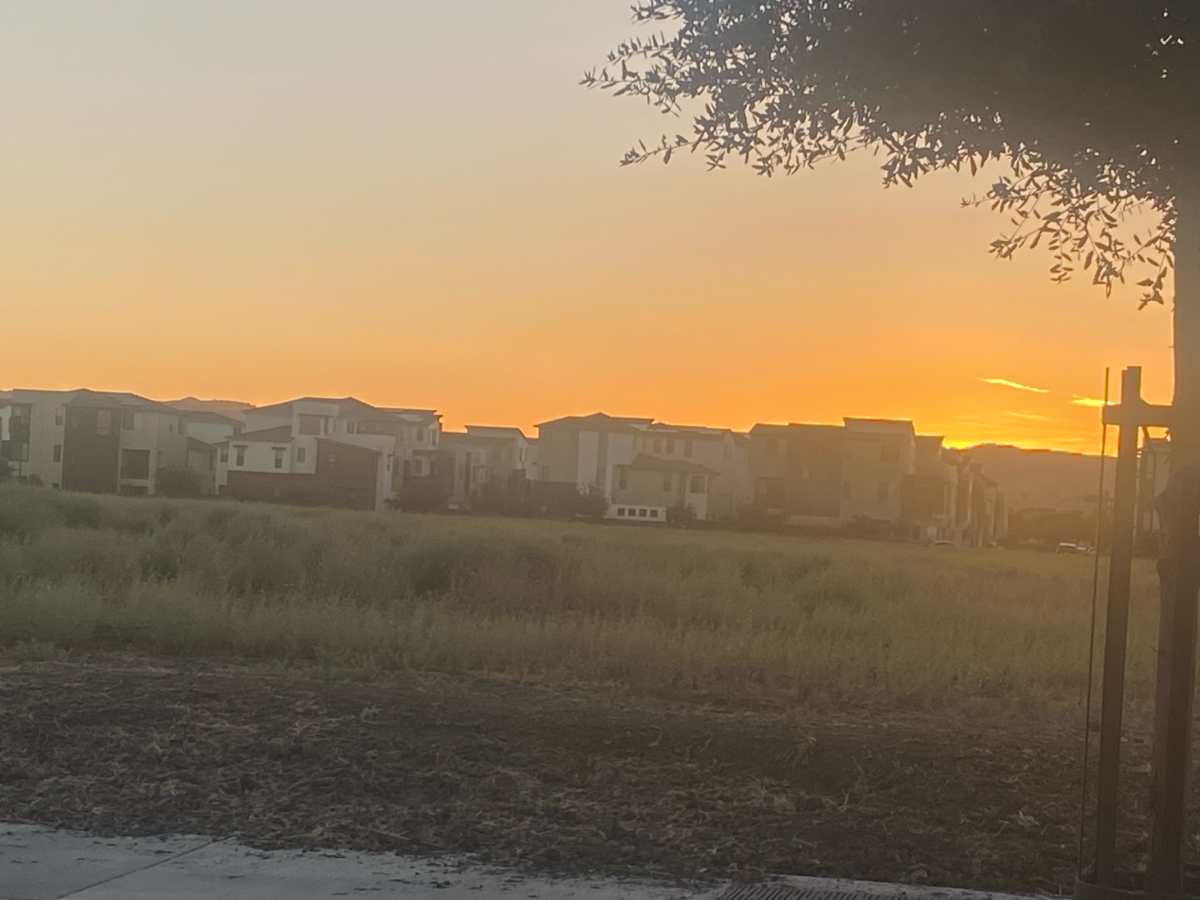



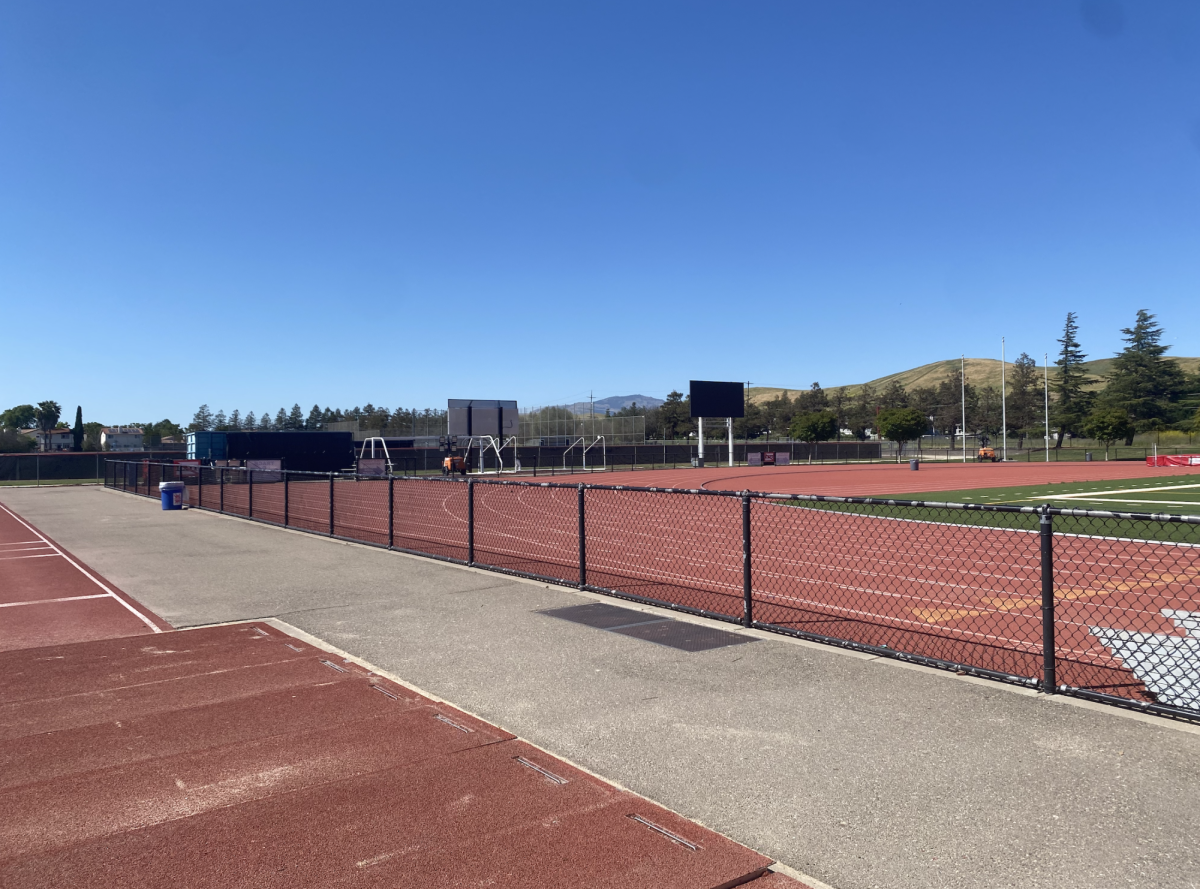



![[Book Review] Weapons of Math Destruction: The insidious danger of Big Data](https://thedublinshield.com/wp-content/uploads/2024/06/wmdsarticle-727x1200.jpg)





